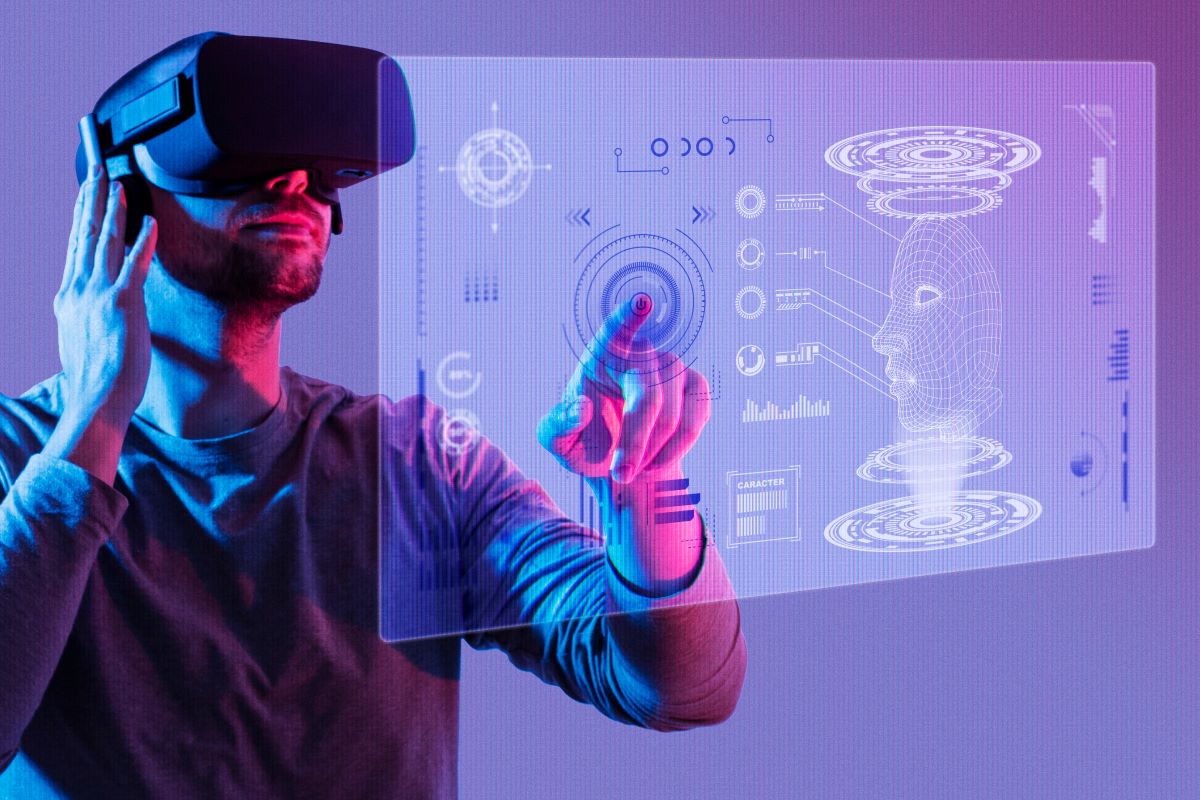If you want to stay ahead in competitive game development industry, then it is crucial to create captivating and immersive experiences. Unity is one of the most popular game development engines, known for its versatility and ease of use. It has empowered developers worldwide to create stunning and immersive games across various platforms. Whether you’re an experienced Unity developer or a beginner looking to level up your skills, this article will introduce you to advanced techniques in Unity game development that will take your games to the next level.
Importance of Unity Game Development Advanced Techniques

Advanced techniques in Unity game development are of utmost importance for several reasons. They allow developers to create more immersive and visually stunning games, enhancing the overall player experience. These techniques enable the creation of realistic physics simulations, dynamic AI behaviors, and lifelike graphics that captivate and engage players. Moreover, advanced techniques provide opportunities for innovation and differentiation in a highly competitive industry. By pushing the boundaries of what is possible in Unity, developers can create unique and memorable gaming experiences that stand out in the market. Ultimately, mastering advanced techniques in Unity development opens doors to endless creative possibilities and elevates the quality of games produced.
Top Advanced Techniques in Unity Game Development

Scriptable Objects
Scriptable Objects are a powerful tool in Unity that allows you to create reusable data assets. They are a great way to decouple data from functionality and provide a flexible and efficient way to manage game data. You can use Scriptable Objects for a variety of purposes, such as managing game settings, creating item databases, or implementing AI behavior patterns. By utilizing Scriptable Objects, you can easily modify and test your game data without having to recompile your code, speeding up your development workflow.
Copyright TechPlanet.today
Procedural Generation
Procedural generation is a technique used to generate game content algorithmically, rather than manually designing each element. This technique is especially useful for creating vast and diverse game worlds. Unity provides various tools and libraries to help you implement procedural generation effectively. You can use the built-in Perlin and Simplex noise functions to generate terrain, randomize enemy spawn points, or create unique levels. With procedural generation, you can add infinite replayability to your games and surprise players with new experiences each time they play.
Shader Graph
The visual appearance of your game is crucial in creating an immersive experience for players. Unity’s Shader Graph allows you to create and customize shaders visually, without having to write complex code. You can design stunning visual effects, realistic materials, and unique art styles by connecting nodes in a graph-based interface. With Shader Graph, you can experiment with different visual styles and iterate quickly until you achieve the desired look for your game. This powerful tool gives you the ability to create eye-catching visuals that will captivate your players.
Timeline and Cinemachine
To create compelling and cinematic gameplay experiences, Unity provides the Timeline and Cinemachine systems. The Timeline system allows you to create cutscenes, animations, and interactive sequences by sequencing events and animations on a timeline. You can control cameras, character animations, particle effects, and more, giving you full control over the storytelling aspects of your game. Cinemachine complements the Timeline system by providing dynamic and responsive camera controls. You can easily create smooth camera movements, follow characters, and apply realistic camera effects, enhancing the overall immersion of your game.
Optimization and Performance
Optimizing your game’s performance is crucial, especially when targeting different platforms with varying hardware capabilities. Unity offers several techniques to optimize your game and ensure a smooth gameplay experience. One important aspect is to minimize draw calls by using techniques such as object pooling, batch rendering, and level of detail (LOD) systems. Additionally, you can use Unity’s profiler to identify performance bottlenecks and optimize code accordingly. By optimizing your game, you can reach a wider audience and provide a seamless experience on different devices.
Networking and Multiplayer
Adding multiplayer functionality to your game can greatly enhance its replayability and engagement. Unity provides a robust networking system that allows you to implement multiplayer features efficiently. You can use Unity’s high-level networking API, UNet, or take advantage of third-party networking solutions such as Photon or Mirror. Implementing multiplayer features requires careful consideration of synchronization, interpolation, and latency compensation. With the right networking approach, you can create cooperative or competitive multiplayer experiences that will keep players coming back for more.
Augmented Reality (AR) and Virtual Reality (VR)
Unity has become a leading platform for developing AR and VR experiences. By leveraging Unity’s AR Foundation and Virtual Reality (VR) technologies, you can create immersive and interactive experiences for your players. Unity provides comprehensive tools and libraries for AR and VR development, including spatial mapping, object tracking, and gesture recognition. With Unity’s AR Foundation, you can build AR applications that seamlessly run on both iOS and Android devices, making it easier to reach a wider audience. By incorporating AR and VR into your game development workflow, you can offer unique and immersive experiences that blur the line between the virtual and real world.
Advanced AI and Machine Learning
Intelligent and lifelike AI behavior is crucial for creating challenging and engaging gameplay. Unity offers several options for implementing advanced AI and machine learning techniques. You can use Unity’s built-in AI system, such as NavMesh and Behavior Trees, to create intelligent enemy behaviors and non-player characters (NPCs) that interact with the game world. Additionally, Unity provides integration with machine learning frameworks like TensorFlow and PyTorch, allowing you to train AI agents using reinforcement learning or neural networks. By leveraging advanced AI and machine learning techniques, you can create realistic and adaptive game experiences that keep players on their toes.
Advanced Physics and Simulation
Realistic physics and simulation can greatly enhance the immersion and believability of your game. Unity’s physics engine, Rigidbody, allows you to create realistic interactions between objects, such as collisions, gravity, and forces. By leveraging Rigidbody constraints and joints, you can create complex physics-based puzzles, realistic vehicle simulations, or interactive environments. Additionally, Unity offers integration with external physics libraries, such as NVIDIA PhysX, for advanced physics simulations. By mastering advanced physics and simulation techniques, you can create games that feel more alive and dynamic.
Asset Bundles and Dynamic Loading
As your game grows in complexity and size, efficient management of game assets becomes crucial. Unity provides asset bundle and dynamic loading systems that allow you to load assets dynamically at runtime. Asset bundles enable you to package and load assets on demand, reducing the initial loading time of your game. This technique is particularly useful for games with large amounts of content or frequent updates. Additionally, dynamic loading allows you to stream assets in real-time, ensuring a seamless and uninterrupted gameplay experience. By utilizing asset bundles and dynamic loading, you can optimize your game’s performance and provide a smoother experience for your players.
Conclusion
Mastering advanced techniques in Unity game development can significantly elevate the quality and impact of your games. Whether it’s utilizing Scriptable Objects for flexible data management, incorporating procedural generation for infinite replayability, or harnessing the power of Shader Graph for stunning visuals, each technique adds depth and sophistication to your game development arsenal. these techniques will enable game development companies to deliver immersive, visually stunning, and innovative games that captivate players worldwide. So, level up your skills, experiment with these advanced techniques, and unlock the full potential of Unity game development.
In case you have found a mistake in the text, please send a message to the author by selecting the mistake and pressing Ctrl-Enter.
#Top #Advanced #Techniques #Unity #Game #Development


